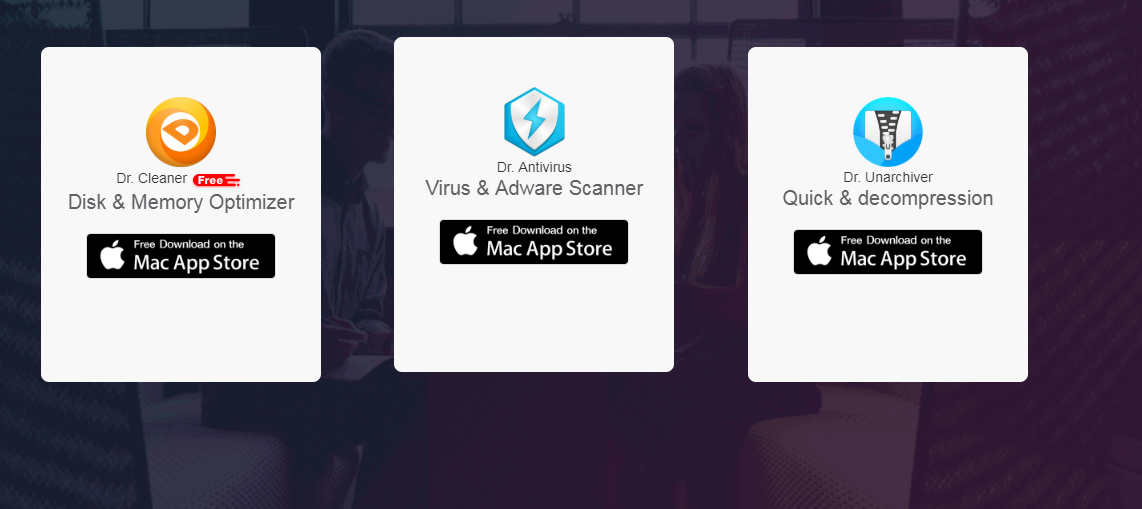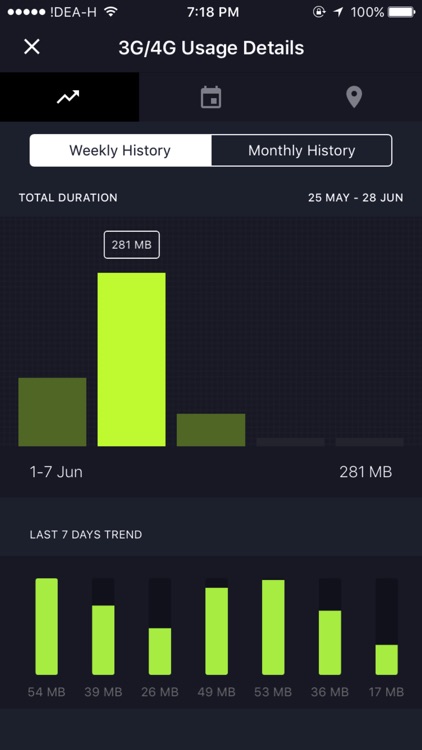Tracking your laptop or computer device and fleet is easy for under $1/Month/Device. Sign up today - free 7 day trail for this anti-theft tracker. DataMan is the simplest and clearest app to track your data usage. In just a glance, you can know if you're safe from busting your data cap. Never worry about overage again. REAL-TIME TRACKING Track cellular and WiFi in real-time directly on iOS. No more waiting for your carrier to update. GlassWire is a great solution if real-time tracking is important to you. By default, GlassWire will show a live graph depicting the data usage over the last minute. The “Alerts” section will warn you when an app initiates a data connection for the first time, so you can keep an eye on mischievous data eaters.
Associating Internet activity with MAC addresses
Tracking web activity is nothing new. For many years IT managers have tried to get some sort of visibility at the network edge so that they can see what is happening. One of the main drivers for this is the need to keep the network secure. As Internet usage is constantly growing, malicious, phishing, scamming and fraudulent sites are also evolving.
Eye Tracker Mac
While some firewalls and proxy servers include reporting capabilities, most are not up to the job. These systems were designed to block or control access and reporting was just added on at a later date. Server log files do not always have the answer either. They are meant to provide server administrators with data about the behaviour of the server, not what users are doing on the Internet.
Some vendors are pitching flow type (NetFlow, IPFIX, etc…) tools to address the problem. The idea is that you get flow records from the edge of your network so you can see what IP address is connecting to what. However, as with server logs, NetFlow isn’t a web usage tracker. The main reason for this is that it does not look at HTTP headers where a lot of the important information is stored.
Data Tracker For Kids
Use the deep packet inspection engine of LANGuardian to report on network activity by MAC, IP address or Username. Real time and historical reports available.
One of the best data sources for web tracking is packet capture. You can enable packet capturing with SPANmirror ports, packet brokers, TAPs or by using promiscuous mode on virtual platforms. Word microsoft for mac free download. software. The trick is to pull the relevant information and discard the rest so you don’t end up storing massive packet captures.

Relevant information includes things like MAC address, source IP, destination IP, time, website, URI and username. You only see the big picture when you have all of these variables in front of you.
Data Tracker For Mac Catalina
Why track Internet activity?
- Root out the source of Ransomware and other security threats. Track it down to specific users, IP addresses or MAC addresses
- Maintain logs so that you can respond to third party requests. Finding the source of Bittorrent use would be a common requirement on open networks.
- Find out why your Internet connection is slow. Employees watching HD movies is a frequent cause.
- Out-of-band network forensics for troubleshooting or identifying odd network traffic.
Customer Use Case
End user is a very large airport in EMEA. Basic requirements and use case is tracking web activity, keeping a historical record of it for a period of one year, and because most of the users are just passing through (thousands of wireless users every hour!) the only way to uniquely identify each user or device is by MAC address.
Luckily for us, because the LANGuardian HTTP decoder captures and analyses wire data off a SPAN or mirror port it can easily track proxy or non-proxy traffic by IP or MAC address. The customer can also drill down to URI level when they need to investigate an incident. For them LANGuardian is an ideal solution for tracking BYOD activity as there are no modifications to the network and no agents, clients or logs required.
The MAC address variable is an important one when it comes to tracking devices on your network. Most networks use DHCP servers so you cannot rely on tracking activity based on IP addresses only. MAC addresses are unique per device so they will give you a reliable audit trail as to what is happening on your network.
Do you track web actvity on your network? If so, what data sources do you use? Comments welcome.
Darragh Delaney
The device tracker allows you to track devices in Home Assistant. This can happen by querying your wireless router or by having applications push location info.
Configuring a device_tracker platform
To get started add the following lines to your configuration.yaml (example for Netgear):
The following optional parameters can be used with any platform:
| Parameter | Default | Description |
|---|---|---|
interval_seconds | 12 | Seconds between each scan for new devices. This only applies to local device trackers, not applications that push updates. |
consider_home | 180 | Seconds to wait till marking someone as not home after not being seen. This parameter is most useful for households with Apple iOS devices that go into sleep mode while still at home to conserve battery life. iPhones will occasionally drop off the network and then re-appear. consider_home helps prevent false alarms in presence detection when using IP scanners such as Nmap. consider_home accepts various time representations, (e.g., the following all represents 3 minutes: 180, 0:03, 0:03:00) |
Note that setting track_new_devices: false will still result in new devices being recorded in known_devices.yaml, but they won’t be tracked (track: false).
The extended example from above would look like the following sample:
Multiple device trackers can be used in parallel, such as Owntracks and Nmap. The state of the device will be determined by the source that reported last.
known_devices.yaml
As of 0.94 known_devices.yaml is being phased out and no longer used by all trackers. Depending on the integration you use this section may no longer apply. This includes OwnTracks, GeoFency, GPSLogger, Locative and Huawei LTE.
Once device_tracker is enabled, a file will be created in your configuration dir named known_devices.yaml. Edit this file to adjust which devices to be tracked.
Here’s an example configuration for a single device:
In the example above, devicename refers to the detected name of the device. For example, with nmap, this will be the MAC address (with byte separators omitted).
| Parameter | Default | Description |
|---|---|---|
name | Host name or “Unnamed Device” | The friendly name of the device. |
mac | None | The MAC address of the device. Add this if you are using a network device tracker like Nmap or SNMP. |
picture | None | A picture that you can use to easily identify the person or device. You can also save the image file in a folder “www” in the same location (can be obtained from developer tools) where you have your configuration.yaml file and just use picture: /local/favicon-192x192.png. The path ‘local’ is mapped to the ‘www’ folder you create. |
icon | mdi:account | An icon for this device (use as an alternative to picture). |
gravatar | None | An email address for the device’s owner. If provided, it will override picture. |
track | [uses platform setting] | If yes/on/true then the device will be tracked. Otherwise its location and state will not update. |
consider_home | [uses platform setting] | Seconds to wait till marking someone as not home after not being seen. Allows you to override the global consider_home setting from the platform configuration on a per device level. |
Device states
The state of your tracked device will be 'home' if it is in the home zone, detected by your network or Bluetooth based presence detection. If you’re using a presence detection method that includes coordinates then when it’s in a zone the state will be the name of the zone (case sensitive). When a device isn’t at home and isn’t in any zone, the state will be 'not_home'.
device_tracker.see service
The device_tracker.see service can be used to manually update the state of a device tracker:

Data Tracker For Macbook Pro
| Service data attribute | Optional | Description |
|---|---|---|
dev_id | no | The second half of the entity_id, for example tardis for device_tracker.tardis |
location_name | no | The location, home, not_home, or the name of the zone |
host_name | yes | The hostname of the device tracker |
mac | yes | The MAC address of the entity (only specify if you’re updating a network based tracker) |
gps | yes | If you’re providing a location, for example [51.513845, -0.100539] |
gps_accuracy | yes | The accuracy of the GPS fix |
battery | yes | The battery level of the device |